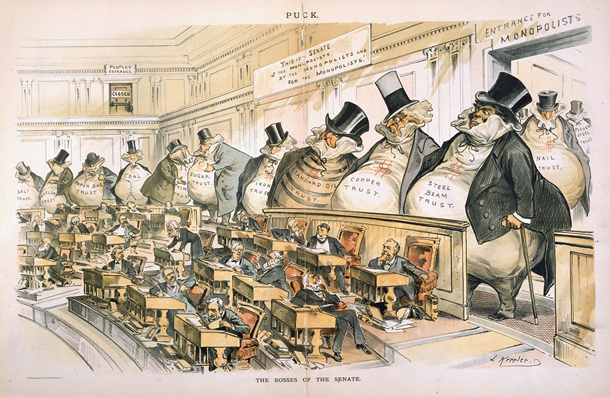The Chicago School has long used bankrupt assumptions to strangle antitrust policy
For the last 40 years antitrust policy has been limited and ineffective in no small part because of the influence of the Chicago School of Economics. The key pillar in the Chicago School policy vision is the “Consumer Welfare” goal for antitrust, a repackaging of the timeworn consumers’ surplus model found in every introductory microeconomics textbook. Introductory textbooks typically fail to identify the two required assumptions of cardinal utility and a constant marginal utility of money that undergird the model. Critical evaluations of the model are reserved for advanced texts and journal articles.
But the Chicago School economists and Chicago School law professors never ventured beyond the introductory presentation. They sold the model, hidden bankrupt assumptions and all, to the legal profession as part of the Law and Economics movement that swept through the law schools in the 1970s and 1980s. That narrative still dominates antitrust policy debates today.
In my new paper I dispel the fallacy that “Consumer Welfare” or any economic welfare analysis can provide serious guidance on antitrust analysis. Not only is welfare economics inapplicable to the questions addressed by antitrust, but evidence from empirical studies of happiness run counter to the policy prescriptions claimed to be derived from Consumer Welfare. I further show that once the crutch of “Consumer Welfare” is removed and advocates of conservative antitrust regulation are forced to engage on the merits, their responses to the surging demand for more active antitrust enforcement are exposed as mere political ideology.






